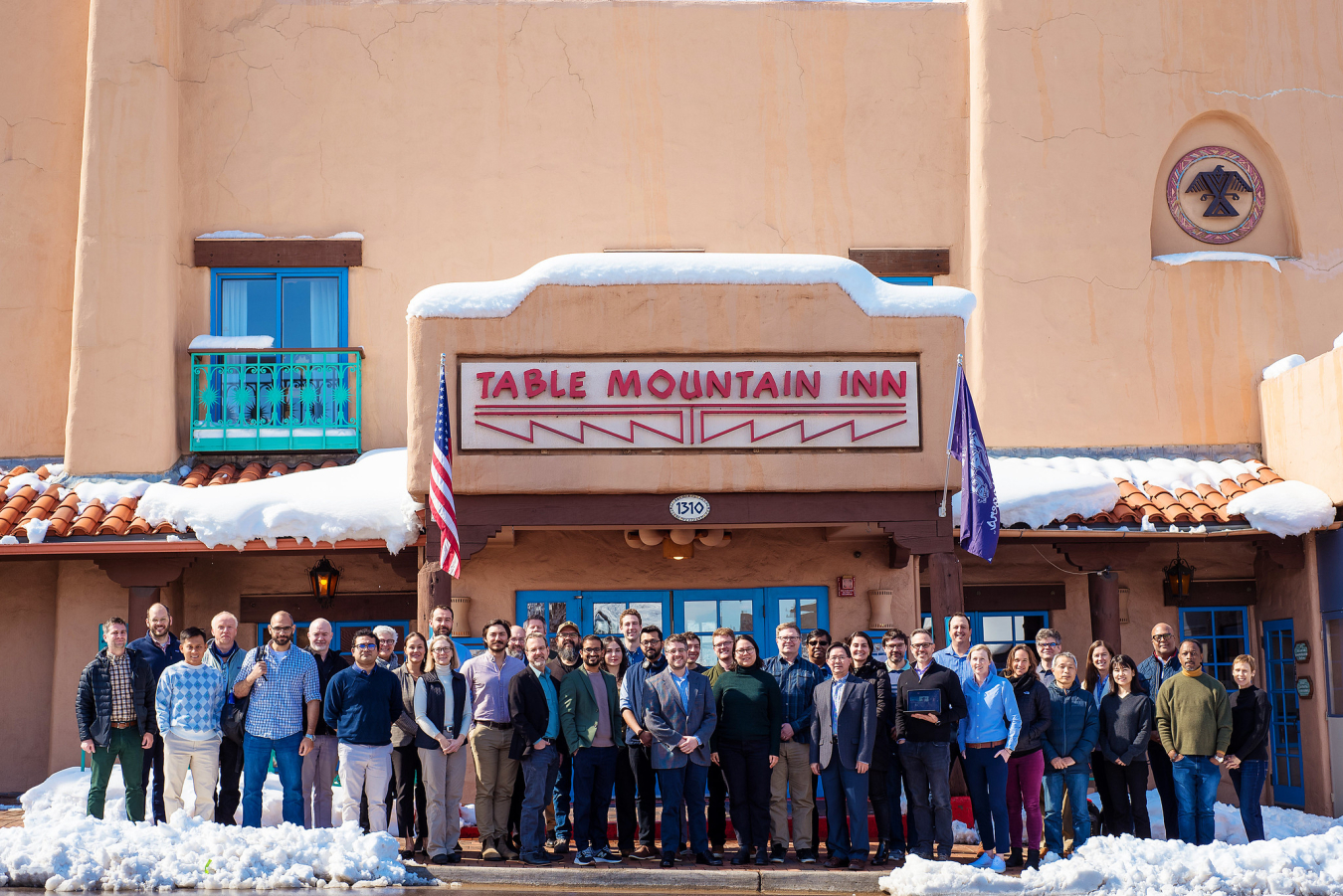
Members of Energy I-Corps Cohort 18
The opening session for Energy I-Corps Cohort 18 was held March 11-15, 2024, and the closing session was held May 13-17, 2024, in Washington, D.C.
Cohort 18 is composed of 14 teams from Argonne National Laboratory (ANL), Fermi National Accelerator Laboratory (FNAL), Idaho National Laboratory (INL), Los Alamos National Laboratory (LANL), National Energy Technology Laboratory (NETL), National Renewable Energy Laboratory (NREL), Oak Ridge National Laboratory (ORNL), Pacific Northwest National Laboratory (PNNL), Sandia National Laboratories (SNL), and Savannah River National Laboratory (SRNL). Three teams participating in DOE’s West Gate Lab-Embedded Entrepreneurship Program (LEEP) at NREL will also participate in Cohort 18.
Teams and Technologies
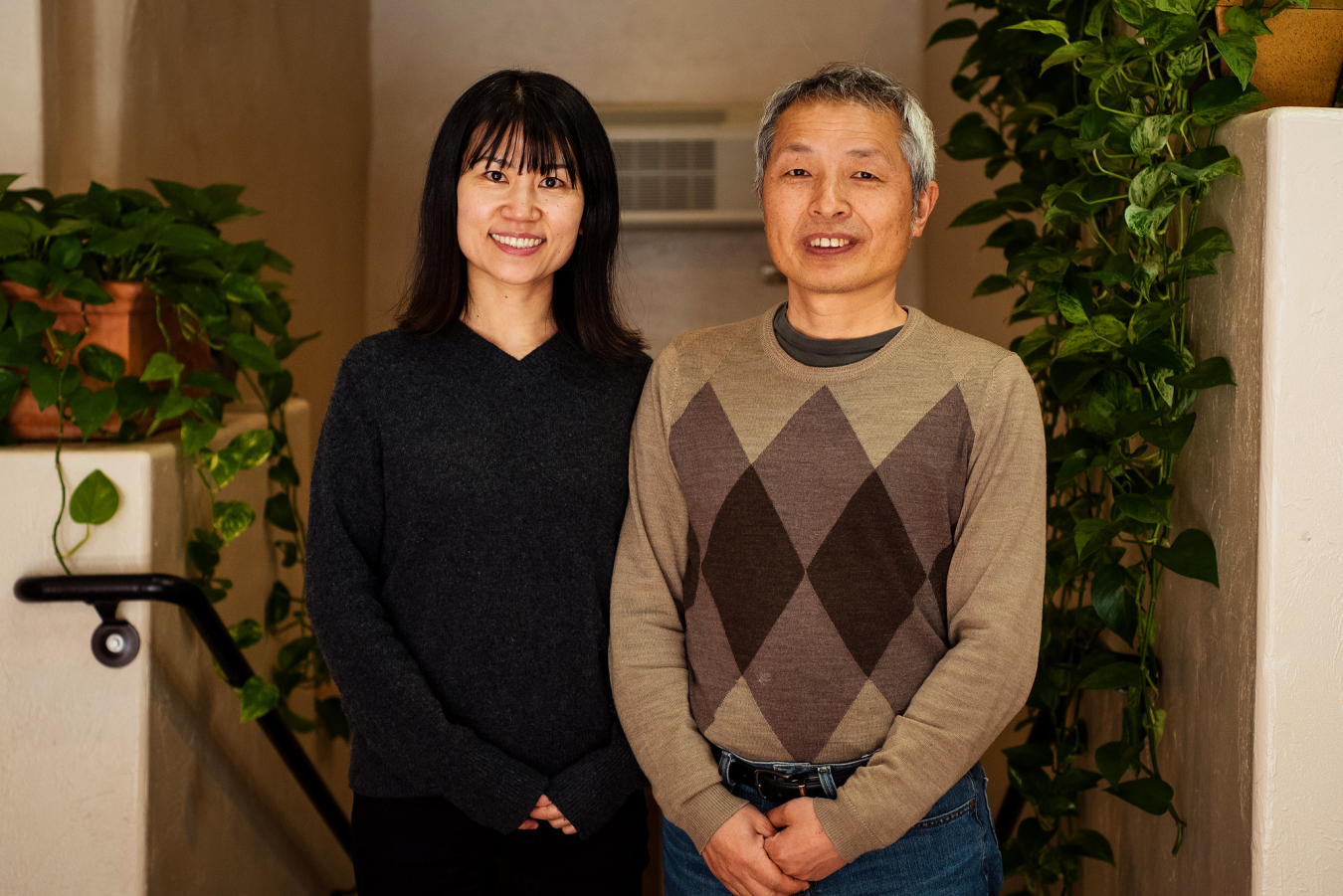 Team 213: Advanced Cathodes
Team 213: Advanced Cathodes- Principal Investigator: Zonghai Chen
- Entrepreneurial Lead: Yingying Xie
Shielded cathodes are a simple and low-cost process to modify the surface chemistry of lithium-bearing oxides. This novel surface modification technology effectively converts detrimental surface impurities on cathode materials into beneficial surface coating layers, resulting in extended lifespan of high energy-density lithium-ion batteries. This technology also improves the environmental compatibility of the resulting cathode materials and can enable low-cost, large-scale manufacturing of high-performance cathode materials by flexing their synthesis environment.
Funded by the Advanced Manufacturing and Materials Technologies Office (AMMTO) and the Vehicles Technologies Office (VTO).
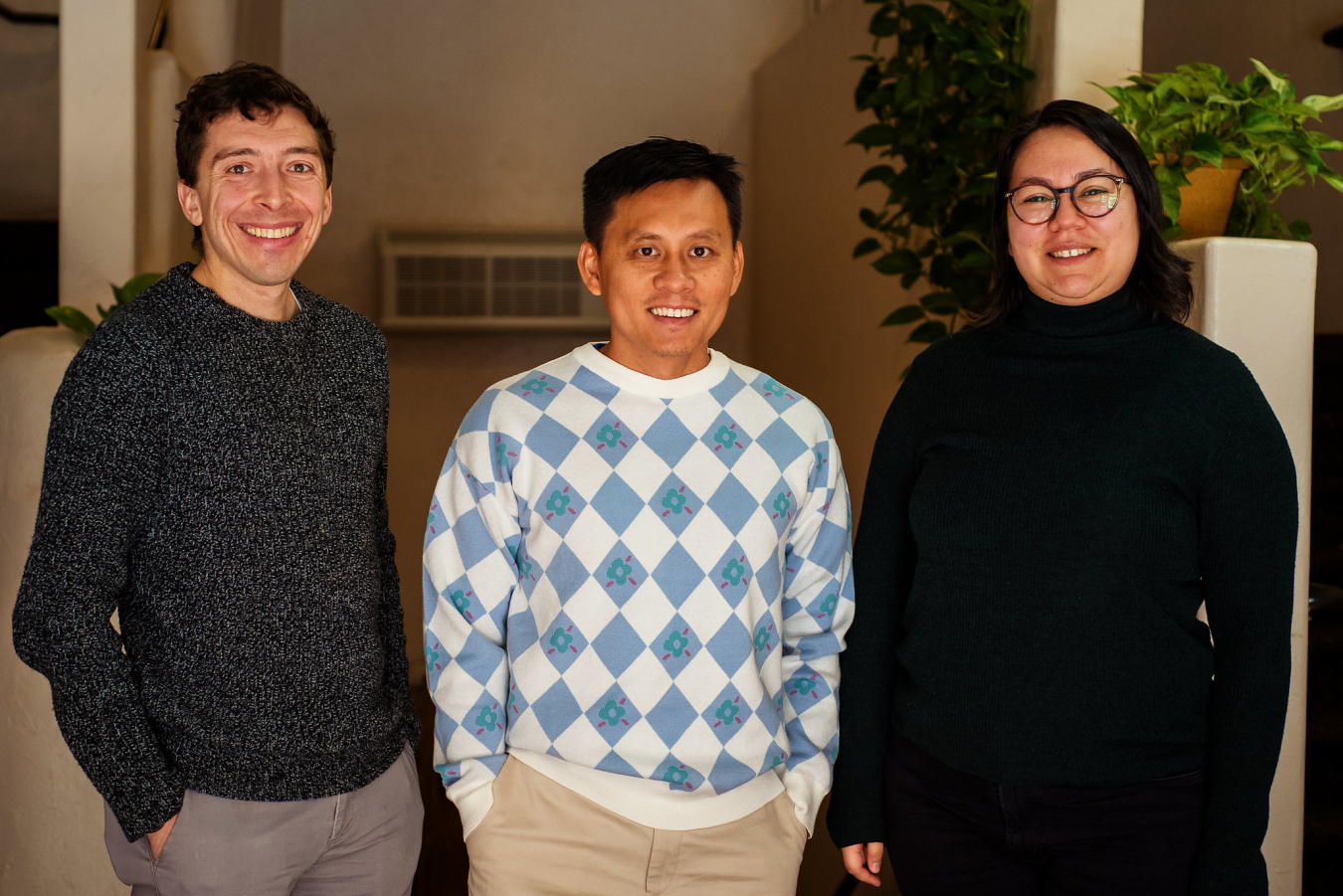 Team 214: ReCapture
Team 214: ReCapture- Principal Investigator: Anh To
- Entrepreneurial Leads: Martha Arellano-Treviño, Jacob Miller
- Industry Mentor: Evaline Tsai
ReCapture is a reactive carbon dioxide (CO2) capture solution. This pioneering technology eliminates emissions by capturing and upgrading waste CO2 in a single unit. The ReCapture process transforms CO2 into value-added chemicals that are currently made from fossil resources. The team's mission is to add value to climate change mitigation efforts by closing the carbon cycle.
Funded by the Office of Fossil Energy and Carbon Management (FECM) and the Bioenergy Technologies Office (BETO).
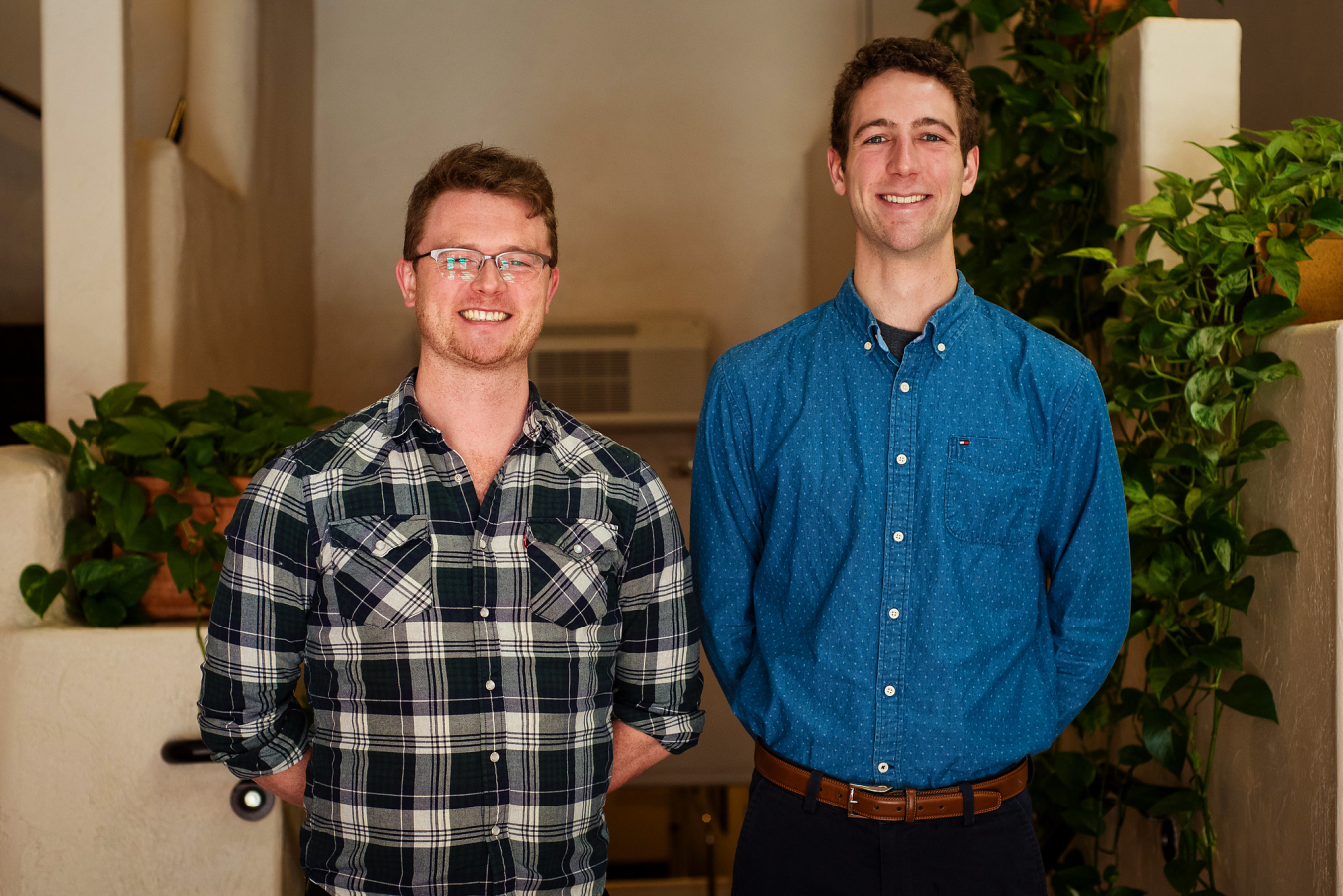 Team 215: Integrated Energy Box
Team 215: Integrated Energy Box- Principal Investigator: Ben McGilton
- Entrepreneurial Lead: Alec Schnabel
Box is a technology designed to provide renewable energy support for disaster relief scenarios. The ICEBox (Integrated Combined Energy Box) intelligently adapts to wind, solar, and wave electrical inputs, allowing first responders to assess the energy sources in an area and utilize the greatest potential. Each input is designed with universal connectors, allowing for a combination of any source in and terminal. Flexible outputs allow for a wide range of usability and compatibility with emergency equipment.
Funded by the Water Power Technologies Office (WPTO).
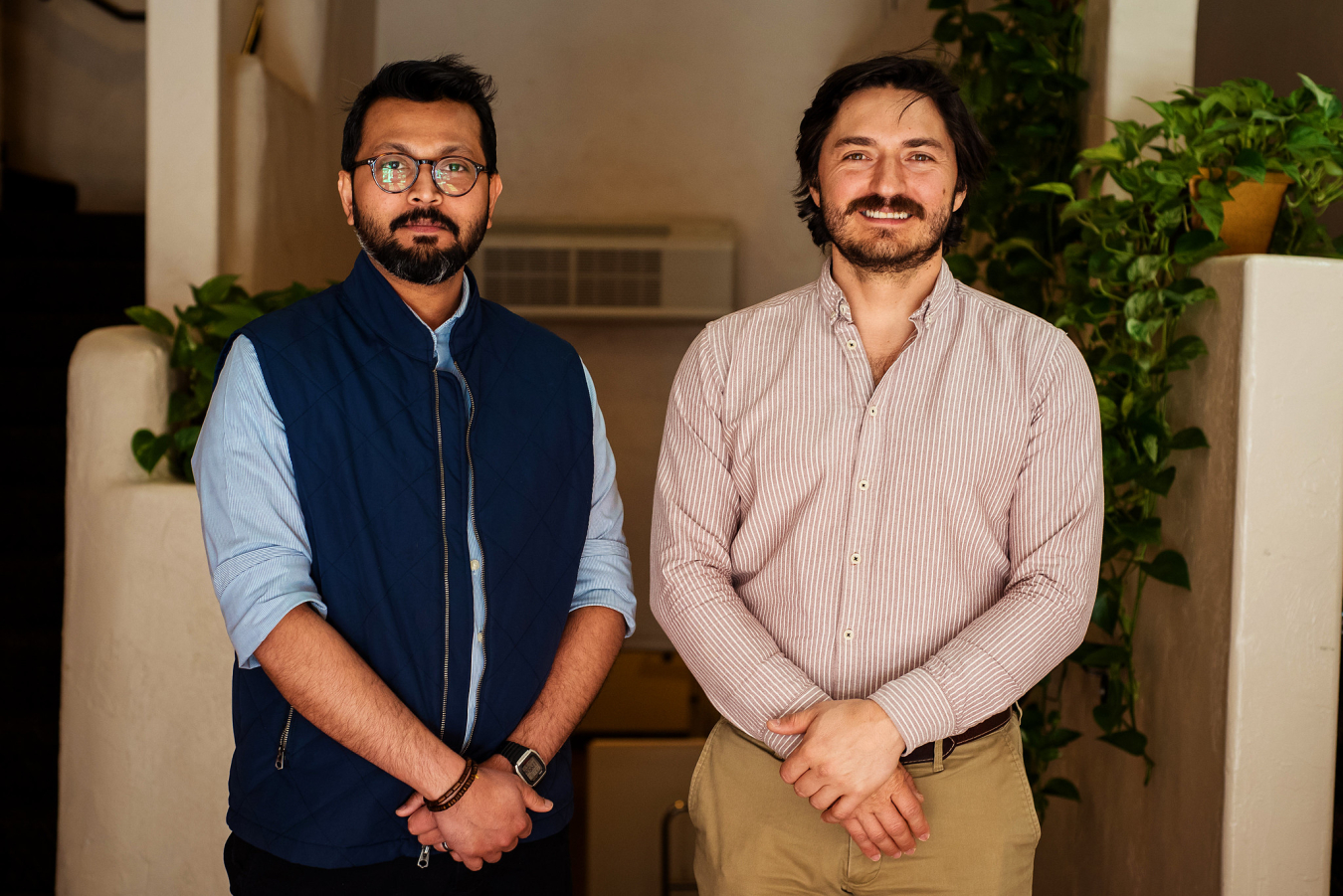 Team 216: NAIAD
Team 216: NAIAD- Principal Investigator: Juan Gallego-Calderon
- Entrepreneurial Lead: Kazi Tamaddun
- Industry Mentor: Ushakar Jha
There are around 600 dams in the U.S. that could be converted to produce over eight gigawatts of clean energy. Some of these dams might be suited for energy storage and hydrogen production. The NAIAD team made a national prioritization tool based on benefits to the grid, community, industry, and environment. Now, they are working on a detailed analysis tool to help developers and stakeholders assess the feasibility of a retrofit of these sites and look into benefits beyond electricity generation.
Funded by the Water Power Technologies Office (WPTO).
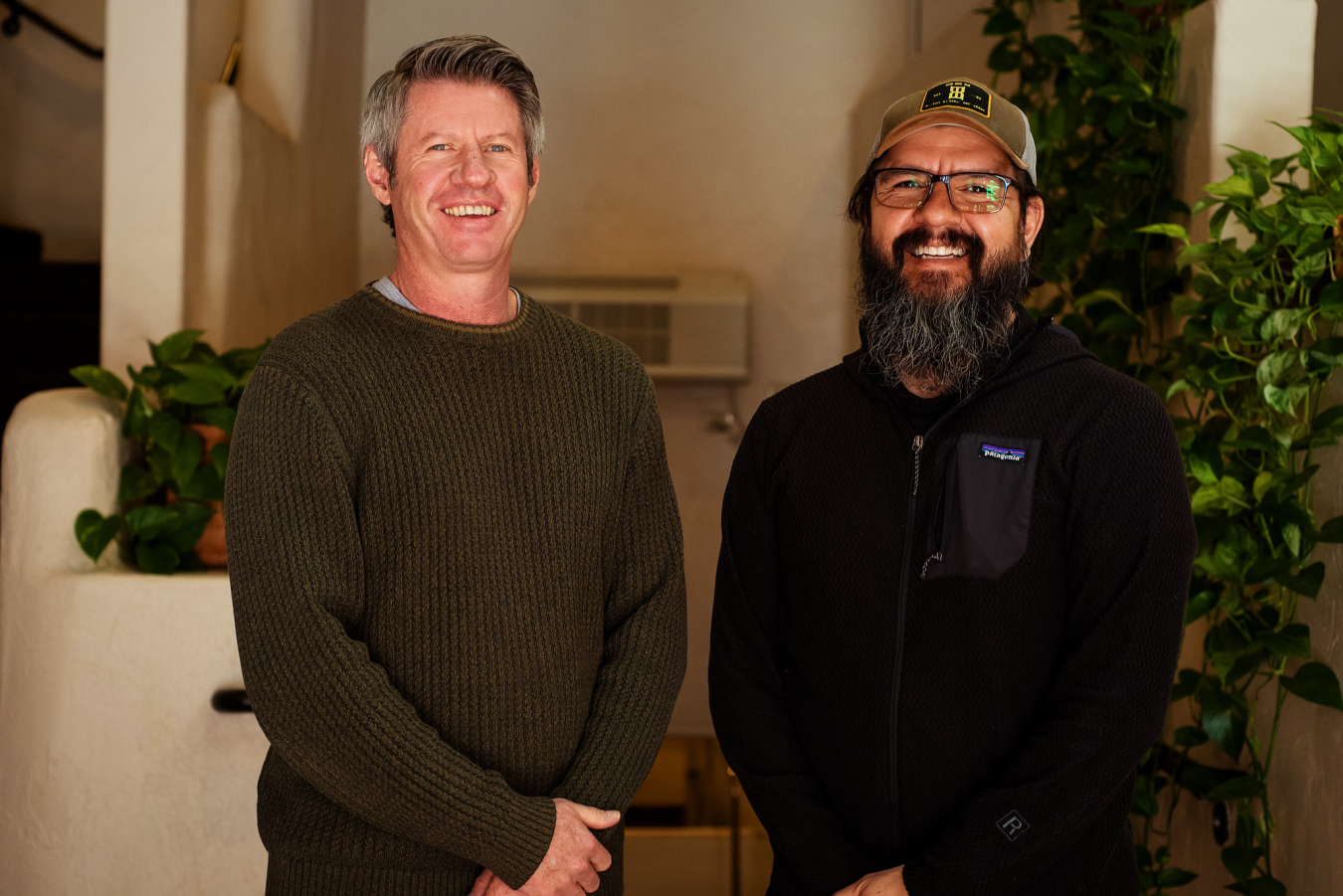 Team 217: Interfluid Sensors
Team 217: Interfluid Sensors- Principal Investigator: Ronen Polsky
- Entrepreneurial Lead: Bryce Ricken
- Industry Mentor: Justin Yang
The InterFluid Sensors team has developed a wearable patch that can be self-applied in a pain-free manner to measure circulating biomarkers continuously in real time. The sensor is comprised of wire electrodes inserted into stainless steel microneedles. Microneedle-enabled analysis systems are advantageous due to their ability to puncture the skin’s stratum corneum and access interstitial fluid without irritating deeper layers of the skin associated with pain, blood flow, or sensation. Microneedle electrochemical sensors could serve as a tool for analysis of complex medical conditions and illnesses allowing for in situ and simultaneous detection of numerous analytes.
Funded by the National Nuclear Security Administration (NNSA).
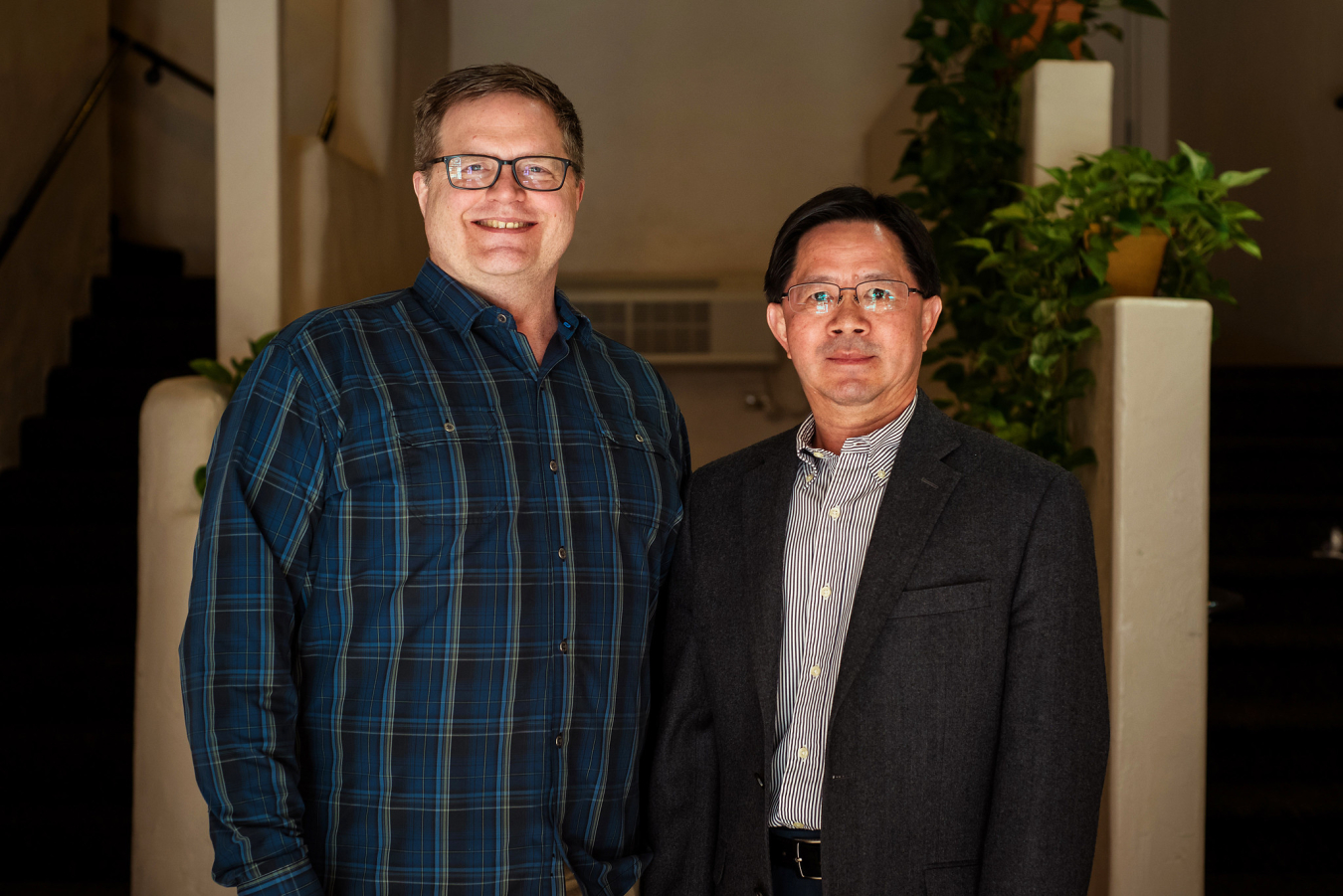 Team 218: Intercept Imaging
Team 218: Intercept Imaging- Principal Investigator: Lianjie Haung
- Entrepreneurial Lead: Mike Craig
- Industry Mentor: Kiran Mangat
Intercept Imaging is a service providing women with non-invasive, cost-effective breast cancer imaging. Combining ultrasound technology and machine learning, Intercept Imaging detects potential early-stage tumors. The technology is non-ionizing and can screen tumors as small as 2mm. These advantages benefit women with dense breast tissue, genetic disposition, and other high-risk factors.
Funded by the Office of Science Advanced Scientific Computing Research (SC-ASCR) Program.
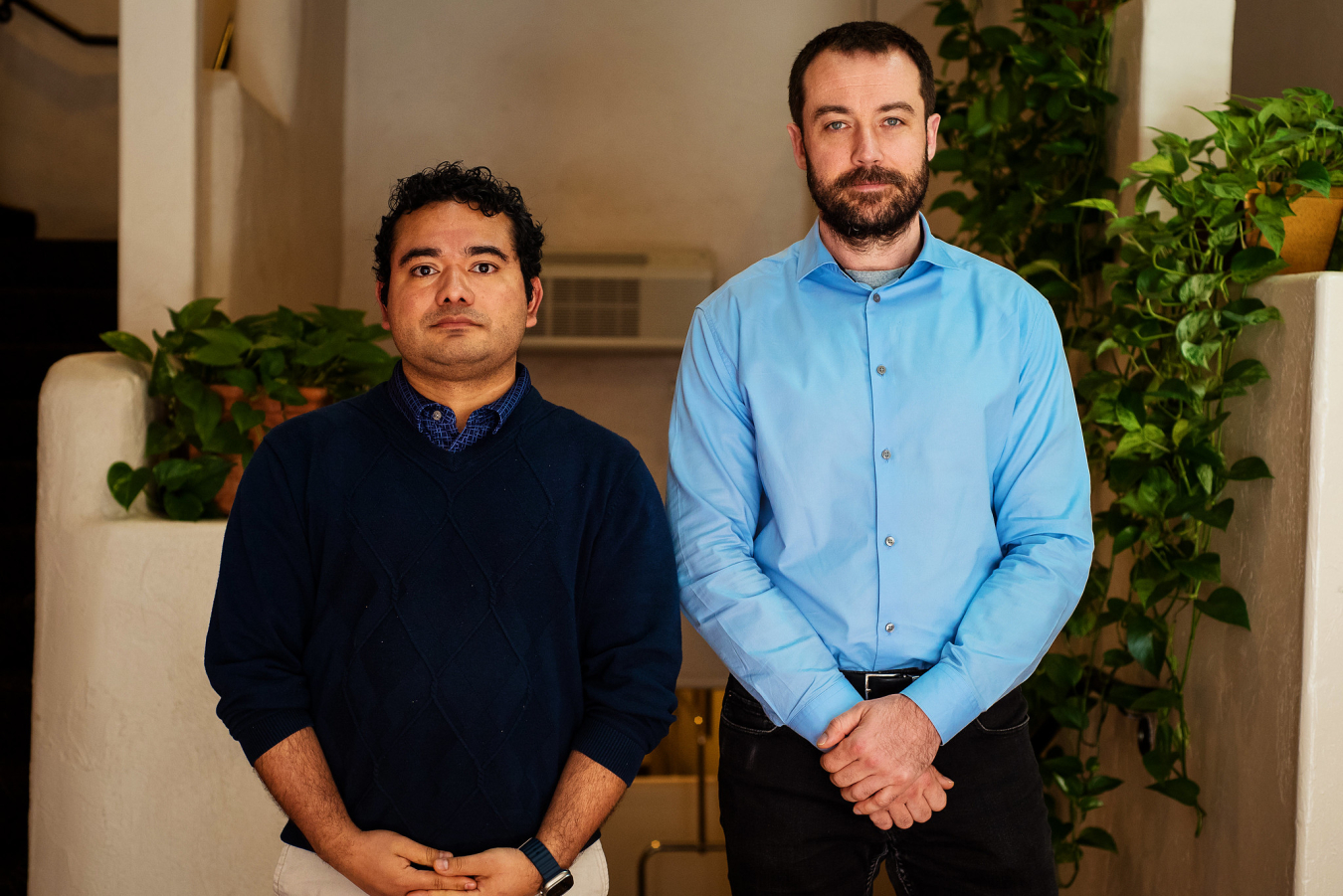 Team 219: GreenSight
Team 219: GreenSight- Principal Investigator: Dmytro Bykov
- Entrepreneurial Lead: Hector Corzo
- Industry Mentors: Dayle Smith, Jared Krosser, Eren Sakinc
Artificial intelligence (AI)-based solutions offer considerable benefits but underscore the critical issues of excessive energy use and data security vulnerabilities. The GreenSight team addresses these challenges with a tailored strategy, emphasizing seamless integration of software services while championing sustainability and ensuring data privacy throughout each phase of processing. A fundamental element of our solution is an energy-optimized AI module, designed to seamlessly integrate with conventional hardware, removing the necessity for additional computing resources. The solution places paramount importance on data confidentiality, guaranteeing the security of company datasets from any public exposure.
Funded by the Office of Science Advanced Scientific Computing Research (SC-ASCR) Program.
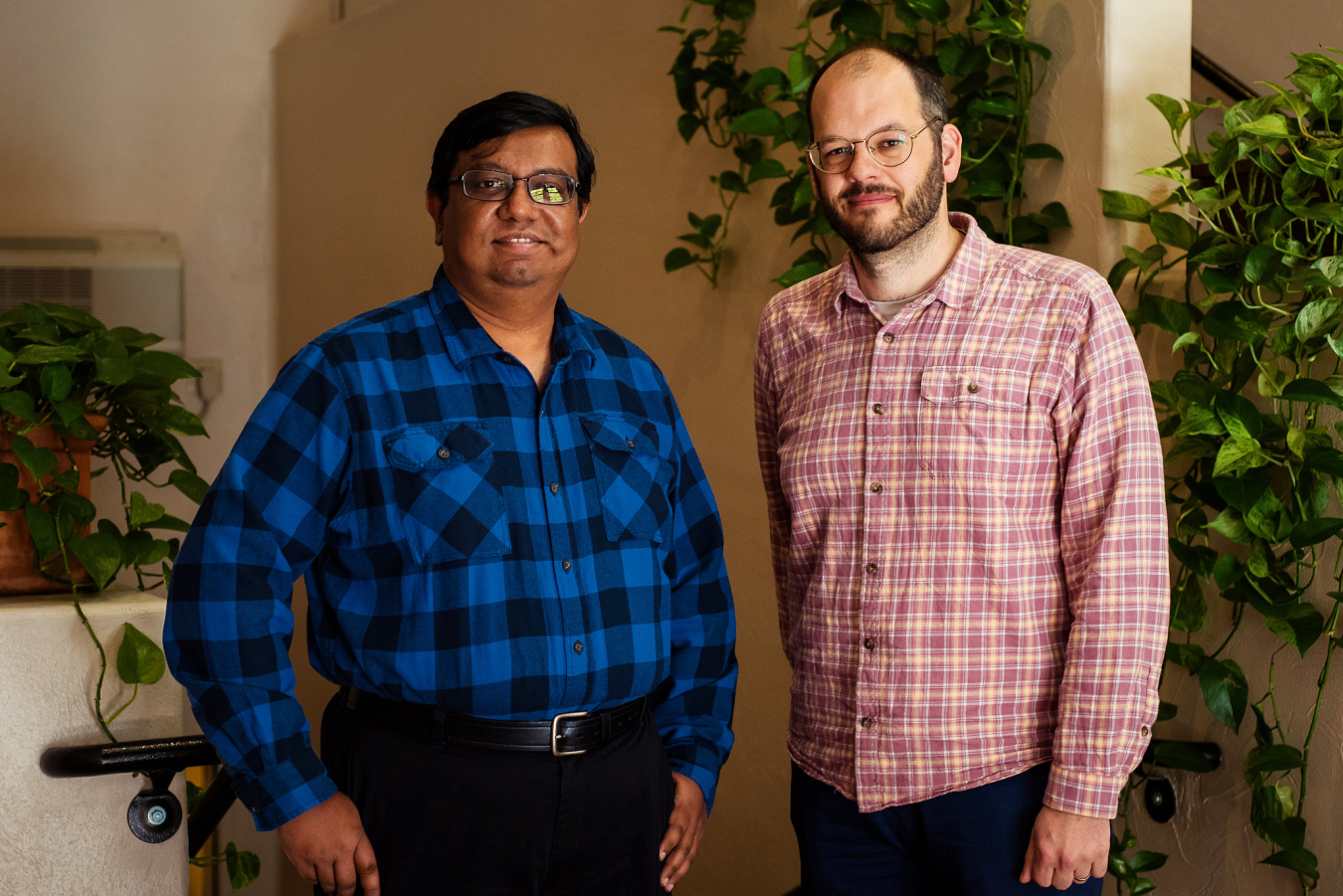 Team 220: MatDNA
Team 220: MatDNA- Principal Investigator: Aashique Rezwan
- Entrepreneurial Lead: Theron Rodgers
Advanced manufacturing methods (like welding, additive manufacturing, etc.) often create materials with microscopic structural patterns that are not well described by traditional metrics. Changing manufacturing conditions alter these patterns, which modifies material behavior. The MatDNA technology uses microscopic data analysis techniques to provide a holistic, quantitative measure of material structure that could be used in fields such as advanced manufacturing, material design, geology, and energy materials.
Funded by the Geothermal Technologies Office (GTO), the Advanced Materials and Manufacturing Technologies Office (AMMTO), and the Office of Science Basic Energy Sciences (SC-BES) Program.
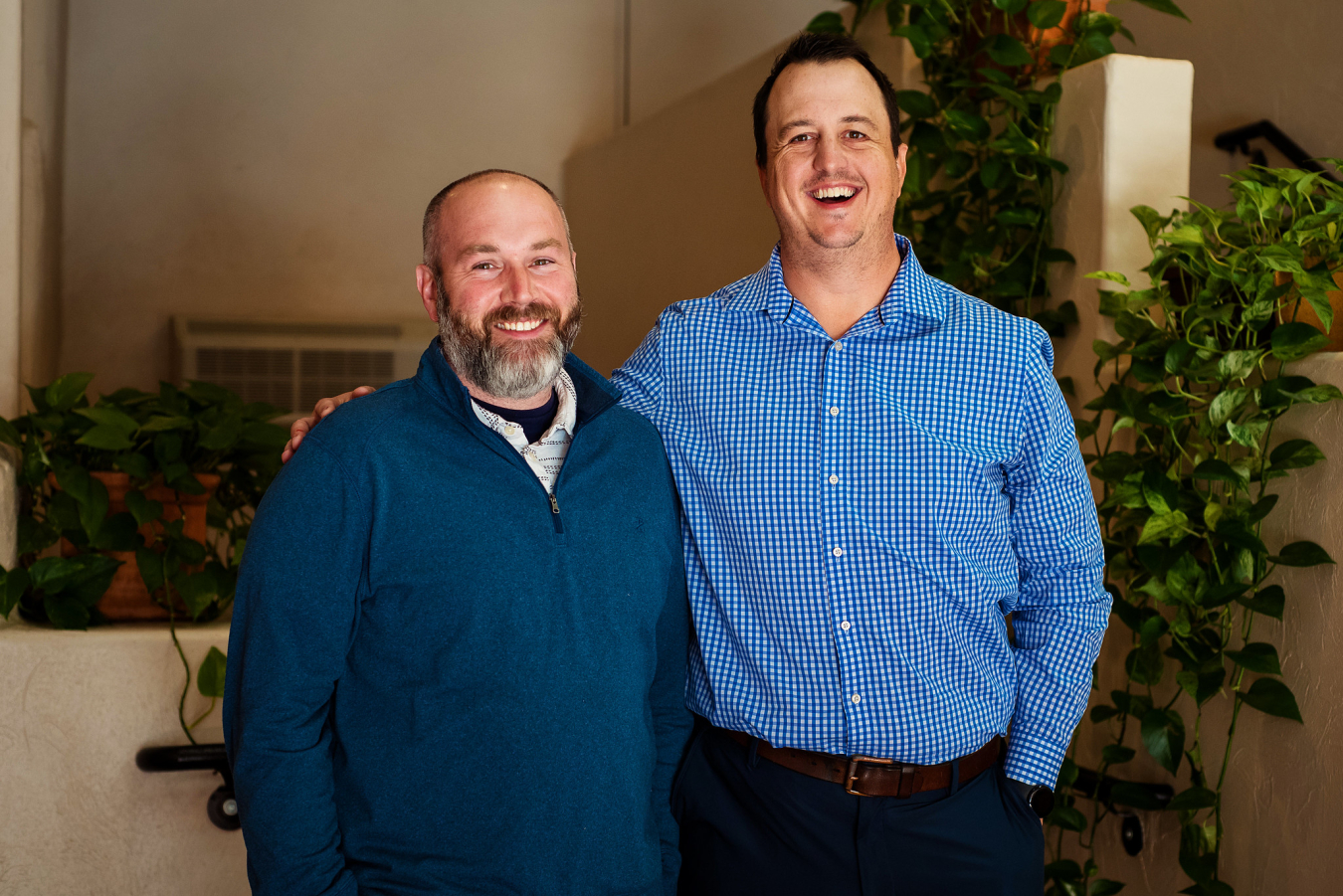 Team 221: HEMatGan
Team 221: HEMatGan- Principal Investigator: Jacob Harvey
- Entrepreneurial Lead: Scott Cilke
- Industry Mentor: Koichi Arimitsu
This team has developed a unique generative machine learning platform, HEMatGan, for rapidly predicting high entropy materials (HEMs) with pre-determined properties. HEMs are materials containing more than 5 metal cations, and display unexpected stabilities in extreme environments including high temperatures and pressures. However, with a myriad of possible metal combinations, exploring all possibilities is intractable. HEMatGan operates by asking the algorithm for a material with a particular property, thereby inverting the materials design process and instead of designing a material followed by property prediction, you set the property requirements and are directly given a material that meets your needs.
Funded by the Geothermal Technologies Office (GTO), the Advanced Materials and Manufacturing Technologies Office (AMMTO), and the Office of Science Basic Energy Sciences (SC-BES) Program.
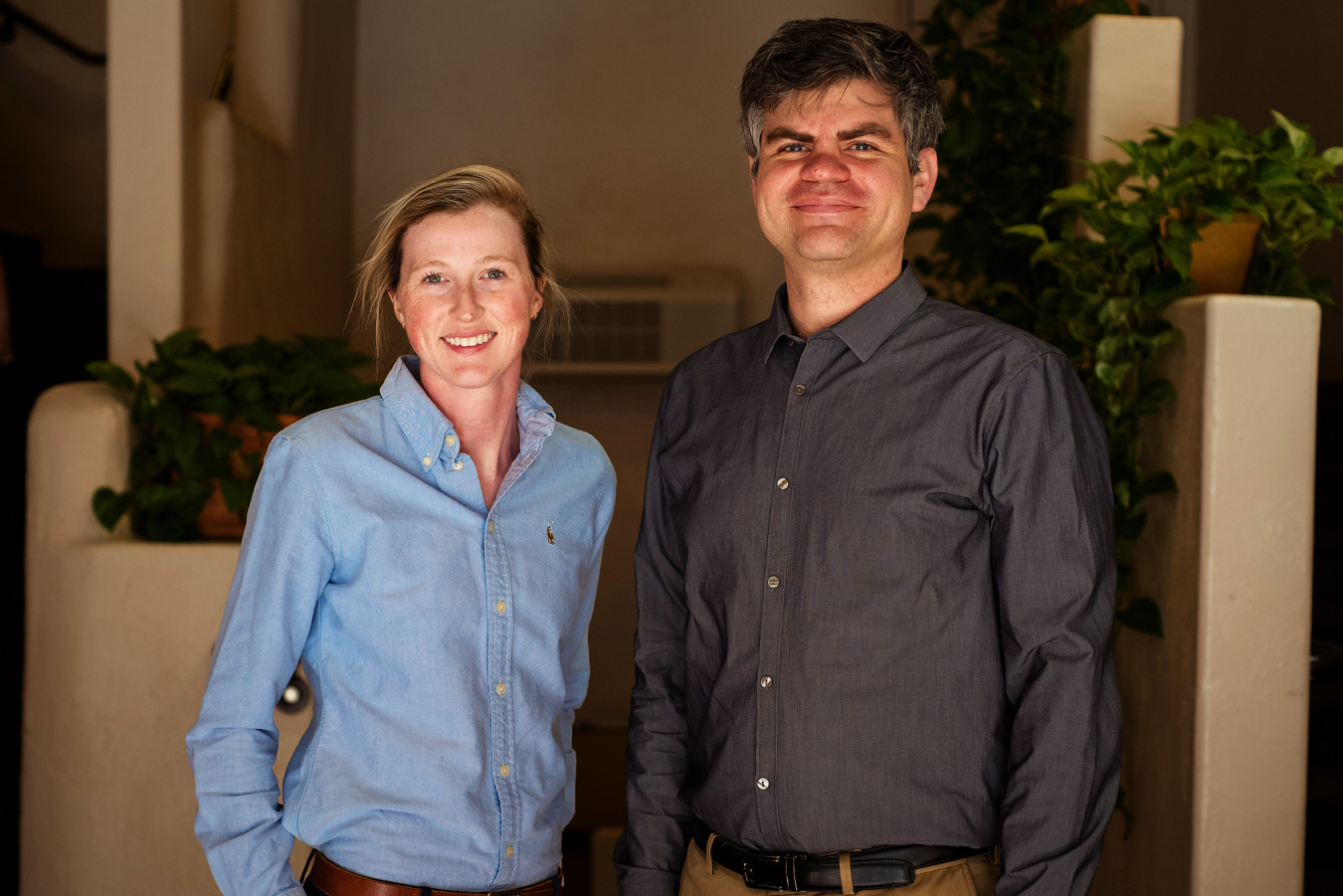 Team 222: ENERWAVE
Team 222: ENERWAVE- Principal Investigator: Justin Weber
- Entrepreneurial Leads: Pranjali Muley, Dallas Mullett
- Industry Mentor: Dale Keairns
Utilizing innovative microwave heating, this modular gasification technology efficiently turns diverse feedstocks, including waste plastics, biomass, and tar, into hydrogen-rich syngas. This approach transforms traditional gasification technology by employing direct, localized microwave heating, leading to greater energy efficiency and a more compact, modular reactor. It notably increases hydrogen output by four times and reduces tar production by 30% compared to standard gasification methods, presenting substantial benefits over existing commercial technologies, and lowering the cost of hydrogen.
Funded by the Industrial Efficiency and Decarbonization Office (IEDO).
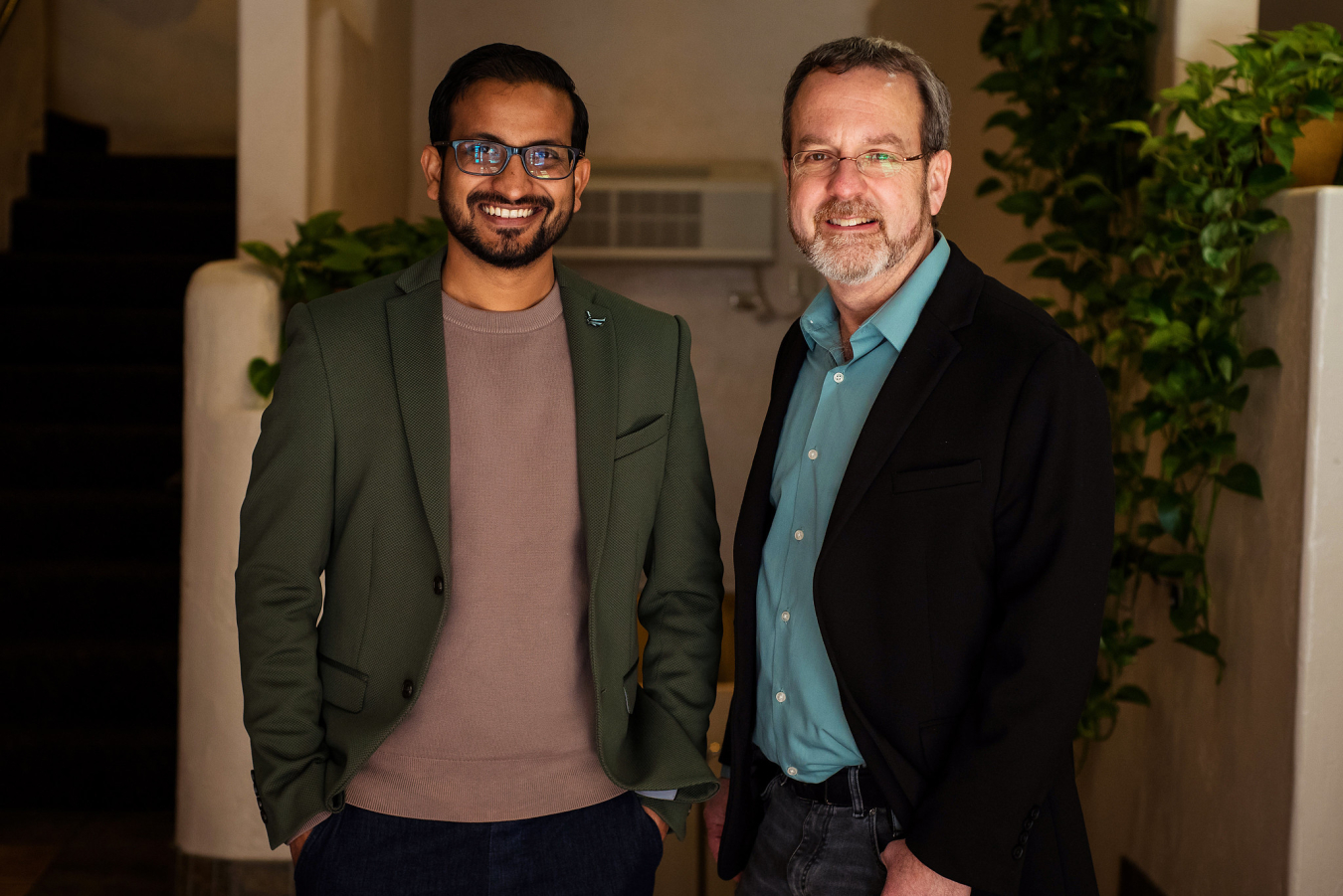 Team 223: INDRAGUARD
Team 223: INDRAGUARD- Principal Investigator: Jim Tobin
- Entrepreneurial Lead: Vipin Kumar
- Industry Mentor: Ben Colgrove
This team aims to enhance the lifespan of wind turbine blades (land-based and offshore) and reduce their service downtime by 50% due to lightning strike damages and weathering conditions. It has become more critical to safeguard the wind turbine blades and increase their serviceability with their ever-increasing sizes and remote operating locations. They developed a nano-engineered multi-functional coating for blades to provide lightning strike and rain erosion protection. Lightning strikes and extreme weather account for almost 80% of the downtime of wind turbines. The use of carbon/glass fiber reinforced polymer composites to enable larger, lighter wind turbine blades (up to 120 meters long) is growing. Lightning strikes, especially offshore, cause high repair/logistics costs and downtime and prevent additional use of carbon fiber.
Funded by the Wind Energy Technologies Office (WETO).
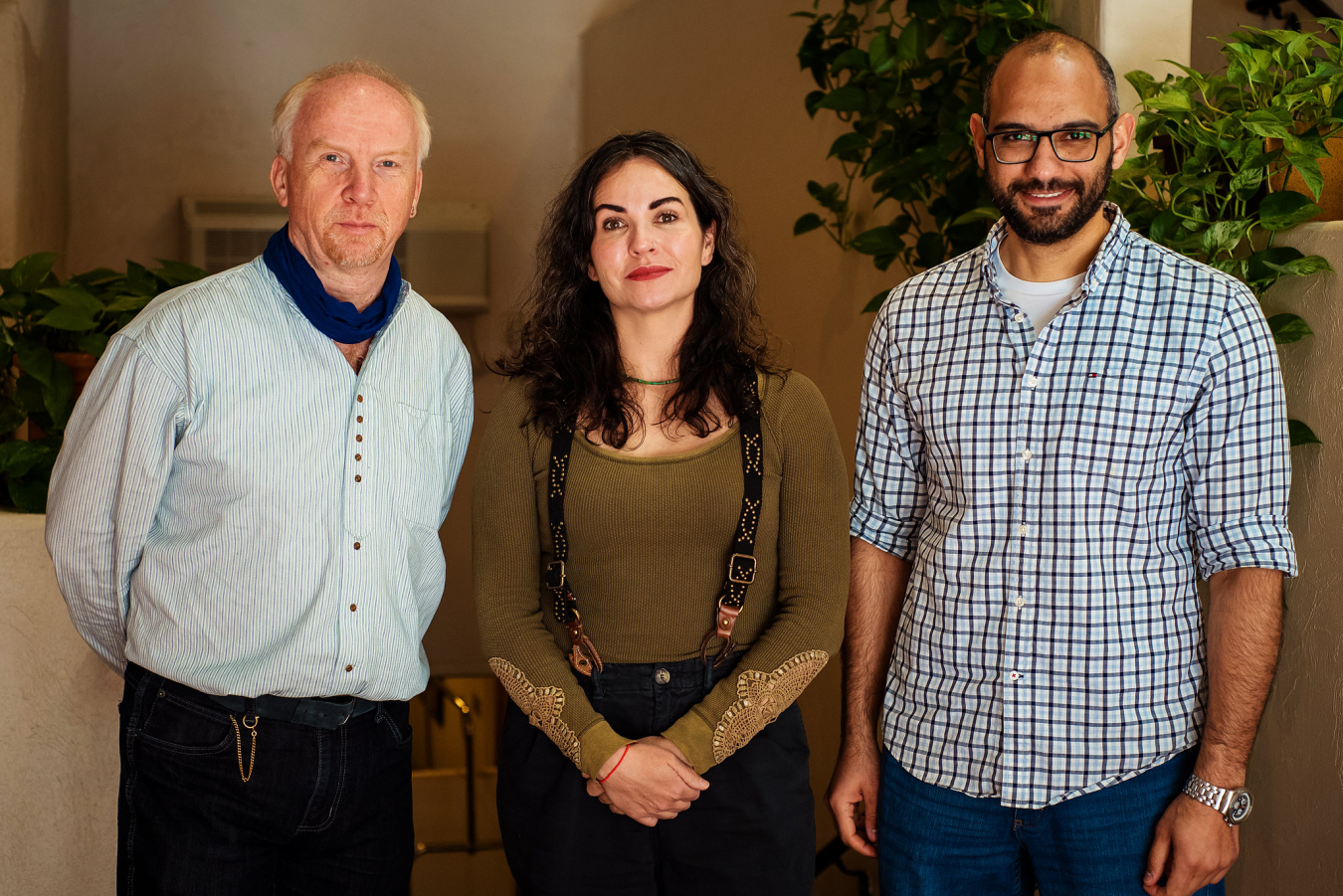 Team 224: PoSeiDon
Team 224: PoSeiDon- Principal Investigator: Jochem Weber
- Entrepreneurial Leads: Elena Baca, Mohamed Shabara
- Industry Mentors: David Hume, John Halkyard
Ocean data is critical for a wide variety of high impact missions including ocean health, carbon capture, offshore renewable energy and environmental law enforcement; supporting ecological, societal and economic health. The PoSeiDOn (Powering the Smart Data Ocean) team is developing a self-charging wave-powered ocean glider underwater vehicle that delivers the relevant data and introduces a paradigm shift in the world of ocean observation and knowledge of our oceans.
Funded by the Water Power Technologies Office (WPTO).
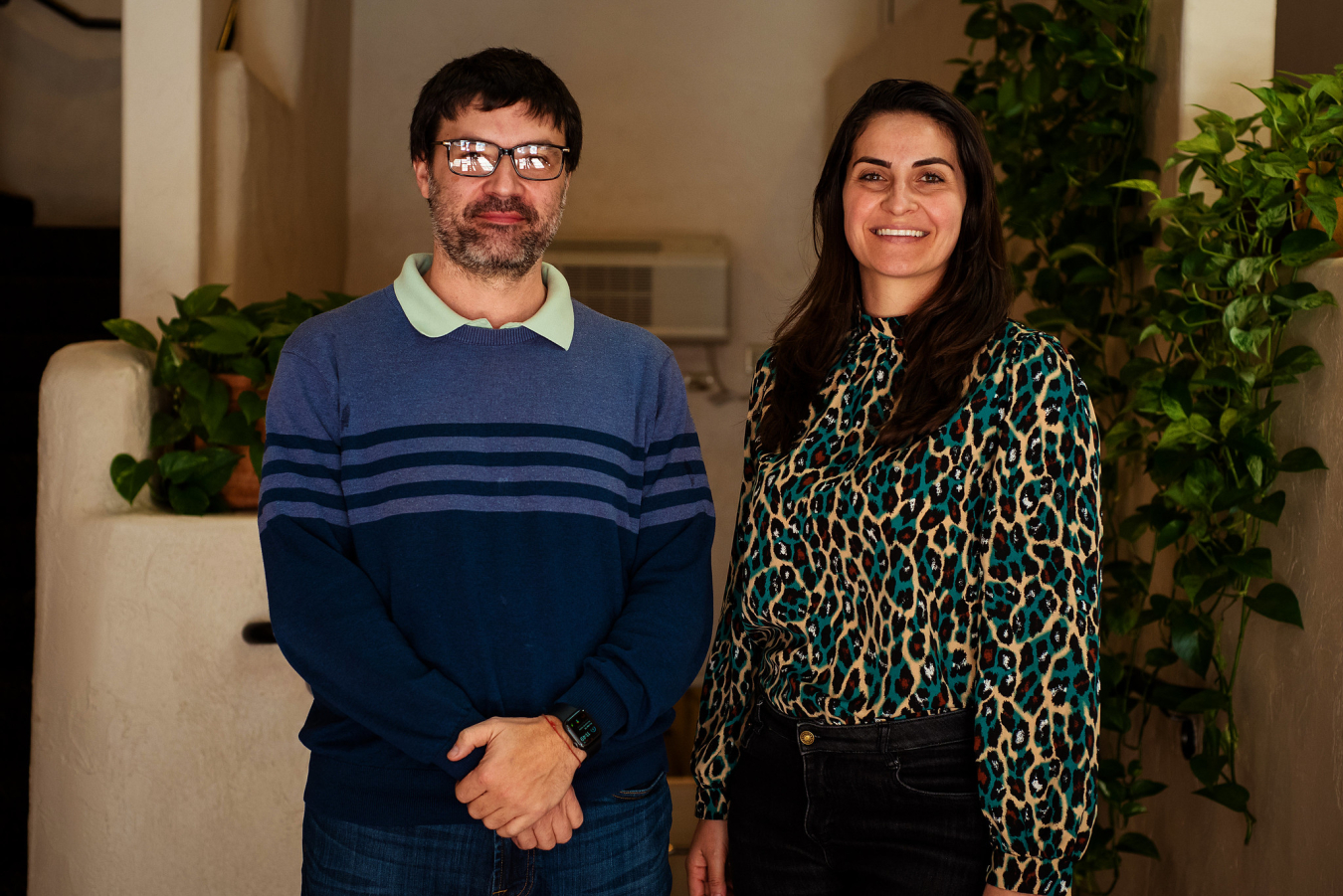 Team 225: QICK
Team 225: QICK- Principal Investigator: Leandro Stefanazzi
- Entrepreneurial Lead: Daiane Possebon Colombo
- Industry Mentor: Conner Prochaska
Quantum computing is moving at a very fast pace with governments, industry, and research institutions investing time and effort to move science and technology forward. The QICK is a cheap instrument developed with scientists and for scientists. This team focuses on providing researchers and scientists with the tools needed to make experimentation seamless without spending much money. The expectation is to provide medium- to long-term support for the platform to unlock cutting edge experimentation.
Funded by the Office of Science Advanced Scientific Computing Research (SC-ASCR) Program.
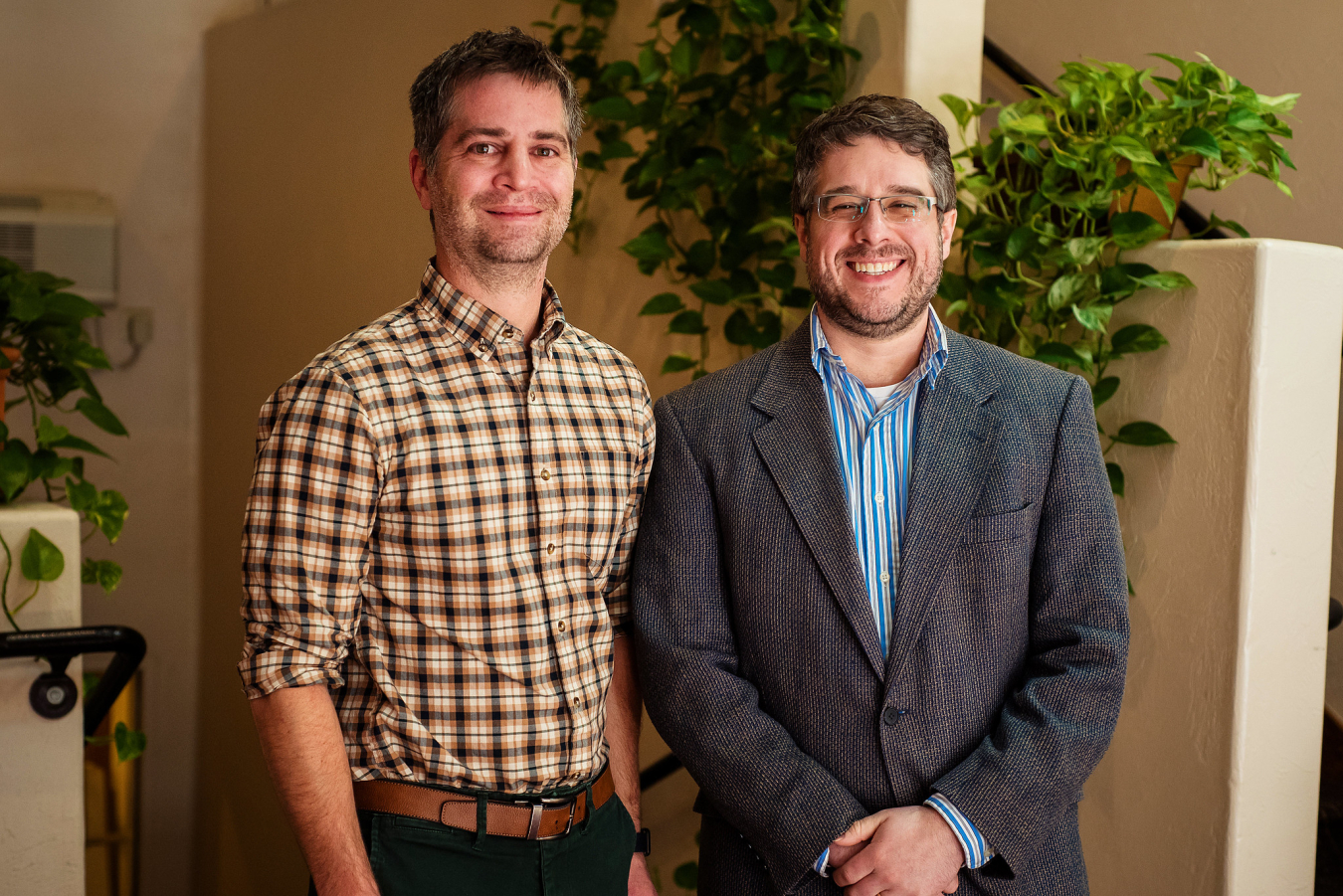 Team 226: CECIE
Team 226: CECIE- Principal Investigator: George Larsen
- Entrepreneurial Lead: Tyler Guin
- Industry Mentor: Adam Wallen
The CECIE (combined equilibrium catalytic isotope exchange) process efficiently synthesizes deuterated organic compounds. Most deuterated compounds retail for high prices due to the difficulty and wastefulness of conventional approaches. The CECIE process eliminates deuterium loss and reduces costs by directly converting conventional compounds to their deuterated forms. Aside from lowering the cost of current commercial materials, a host of follow-on products are enabled by lowering the cost of deuteration without sacrificing purity. These include deuterated polymers, which are ideal inertial fusion energy target materials, seals for tritium fuel cycle, and neutron-resistant materials for high radiation areas.
Funded by the Office of Technology Transitions (OTT).
- Team WG5: Colorado Earth
- Lisa Morey
- Paul Neumann
Colorado Earth's nature-based solution for the building envelope integrates an ancient building material with recently used phase-change materials. The work is based on the need to develop an energy-efficient building approach that requires no highly insulated assemblies.
Funded by the Advanced Materials and Manufacturing Technologies Office (AMMTO).
- Team WG6: Olokun Minerals
- Pilanda Watkins-Curry
- Lacey Reddix
Olokun Minerals' process aims to provide global clean water security and a reliable supply of critical minerals like lithium and magnesium to help the United States become more energy independent in its transition to renewable energy sources.
Funded by the Industrial Efficiency and Decarbonization Office (IEDO) and Advanced Materials and Manufacturing Technologies Office (AMMTO).
- Team WG7: Sustainable Chemicals
- Yaman Peksenar
- Sylvia Luebben
While plastics offer industry an affordable, reliable product, they pose an environmental threat; the plastics industry is the fastest-growing source of industrial greenhouse gases in the world, and plastic in Earth's oceans is projected to surpass fish by 2050. To mitigate the environmental repercussions of the plastic industry, Sustainable Chemicals' bioplastic provides a viable alternative that offers high-quality, environmentally friendly materials.
Funded by the Advanced Materials and Manufacturing Technologies Office (AMMTO).

